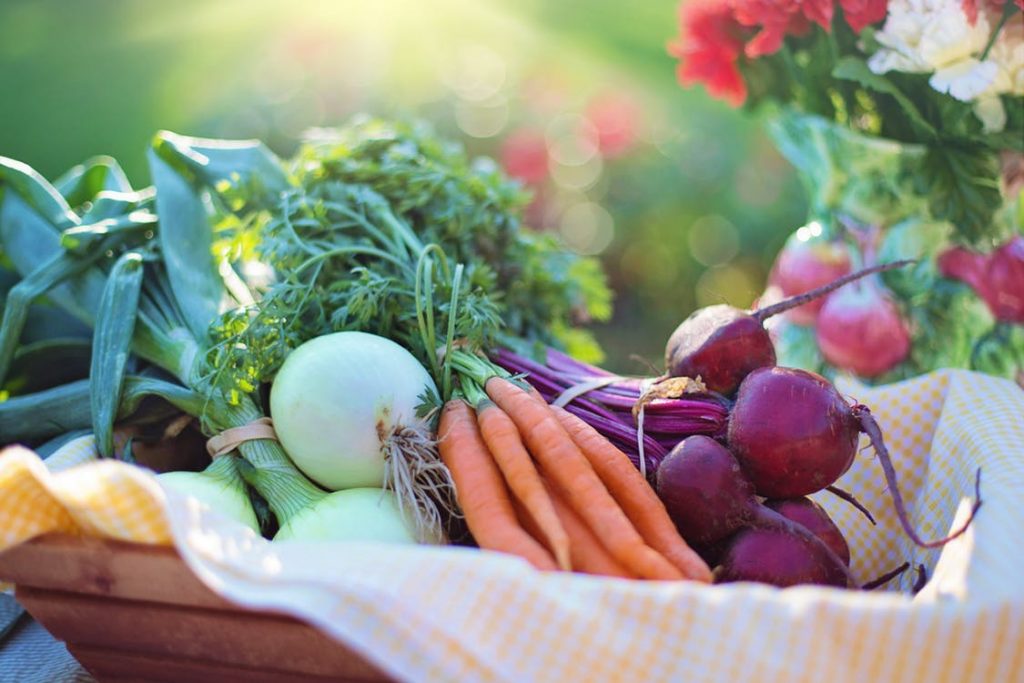
Summer is in full swing, and that means the gardening season has really begun. Seeds and seedlings have grown into sturdy, productive plants. Pollinators are out in grand numbers, and there’s no shortage of stuff to pick from the branches, vines and stems around the garden. Tomatoes are starting to ripen, eggplants are slowly appearing, green beans ready to pick. All your hard work won’t be worthwhile if you don’t keep up with the harvest. It’s one of the challenges I’ve faced over the years. Gardening will only be fruitful and save you money if you take full advantage of the fruits of your labor. I’ve put together some helpful tips to ensure you get the most out of this bountiful time of year.
Pick produce at the right time – Harvest vegetables when they’re ripe or near ripe. Too soon and you’ll end up with hard green tomatoes more sour than sweet. Too late and your eggplant may be seedy and bitter.
Harvest frequently – Pick vegetables often to signal to your healthy plants that they can keep right on producing. Some plants only produce a single crop (e.g., determinate tomatoes, potatoes, cabbage) but others like lettuce, beans, and squash will continue to provide until the first frost.
Collect recipes – Having recipes ready to go will ensure you’re prepared for an onslaught of tomatoes and a whole bunch of beets. Look for recipes that utilize preservation methods like fermentation, pickling, and canning, to prevent waste when plants produce in abundance.
Succession sow – When you’ve pulled certain plants from your garden because they’ve become unproductive or you’ve added them to your dinner plate don’t just let that space go to waste. Plant new seeds. Continually harvesting and sowing ensures you’ll always have something producing in your garden. If you garden in a cold climate, like me, choose varieties (e.g., cold hardy kale) that will mature in time for the fall and produce even when the mercury drops.
Keeping up with the rhythm of your garden means that you’ll take full advantage of all it has to offer. It can be overwhelming for first-time gardeners to get into a harvesting groove, but it’s worthwhile. Growing your own food will help you pinch pennies unless you don’t use what you grow. Not sure when it’s time to pick the veggies in your garden? It’s a good idea to keep seed packets, even if they’re empty. They contain valuable information. On the back of most packets, you’ll find how long it takes for a plant to mature, which should help you determine a ballpark harvesting time. The easiest way to tell for most plants? Appearance. The color and size of vegetables and fruits is a handy indicator that they’re ripe for the picking. For unique varieties, check out the photo on the seed pouch. If you’re still stuck, ask a veteran gardener or perform a quick Google search. Over time, you’ll get the hang of it, and you’ll intuitively know when it’s time to harvest.

Steph Coelho is a freelance writer gardening in zone 5b. She is a certified Square Foot Gardener and has taught various garden-related workshops. When she’s not digging in the dirt or writing, she’s cooking up fresh produce, running, or listening to her favorite podcasts.
Leave a Reply